Back on Track
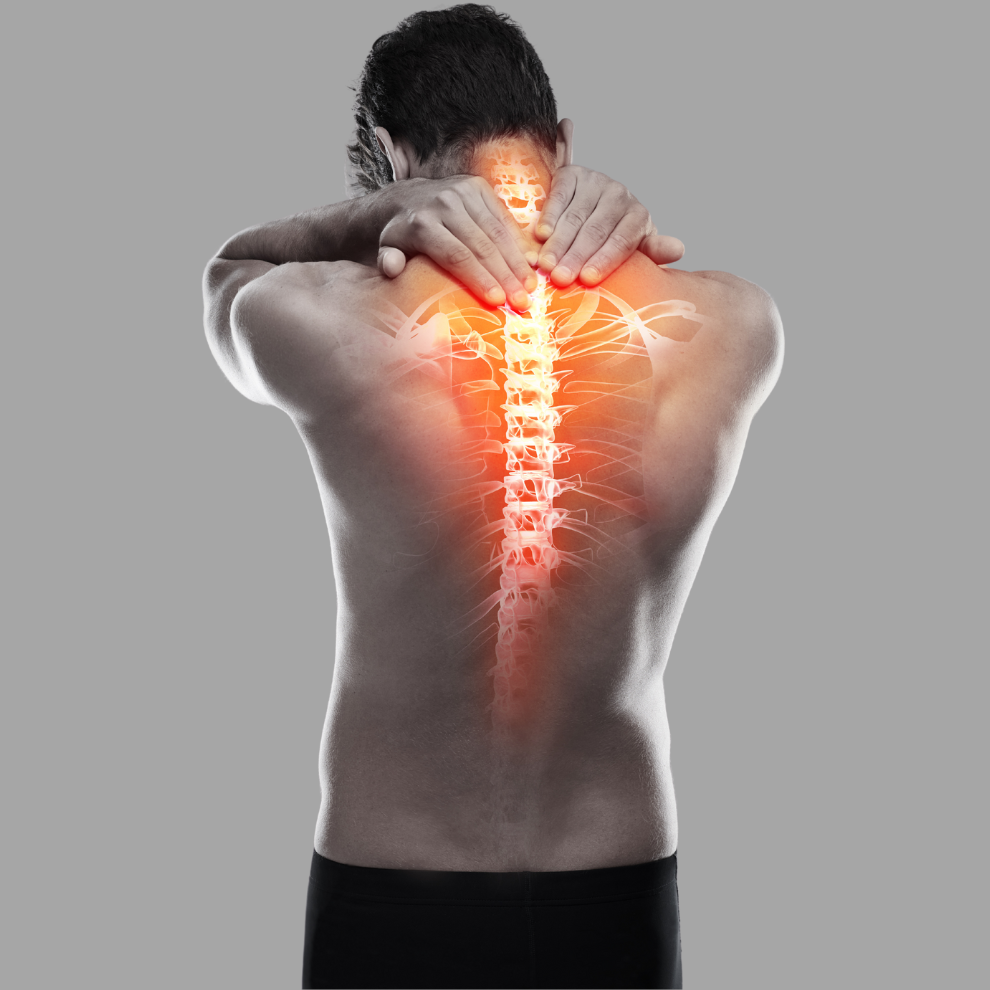
As the world continues to evolve, many aspects of our behaviour and living habits have also evolved. One of the things that has irrevocably changed is our ever-growing reliance on mobile devices like tablets and laptops. When using these devices during work and in private moments, we often adopt poor postures which place a lot of stress on our neck and back. Also, there are now more and more people doing heavy lifting gym workouts or engaging in sports. These physical activities are great in terms of improving our overall physical well-being, but they can also lead to sporting injuries to our spine.
These changes, alongside others, have led to an increased incidence of serious spinal conditions which may require spinal surgery to relieve the disability of suffering patients. At the same time, our busy and demanding lifestyle also calls for quick recovery after spinal surgery so that we can quickly go back to work. Such demands, coupled with advancements in medical technology, have given rise to the development of endoscopic spine surgery.
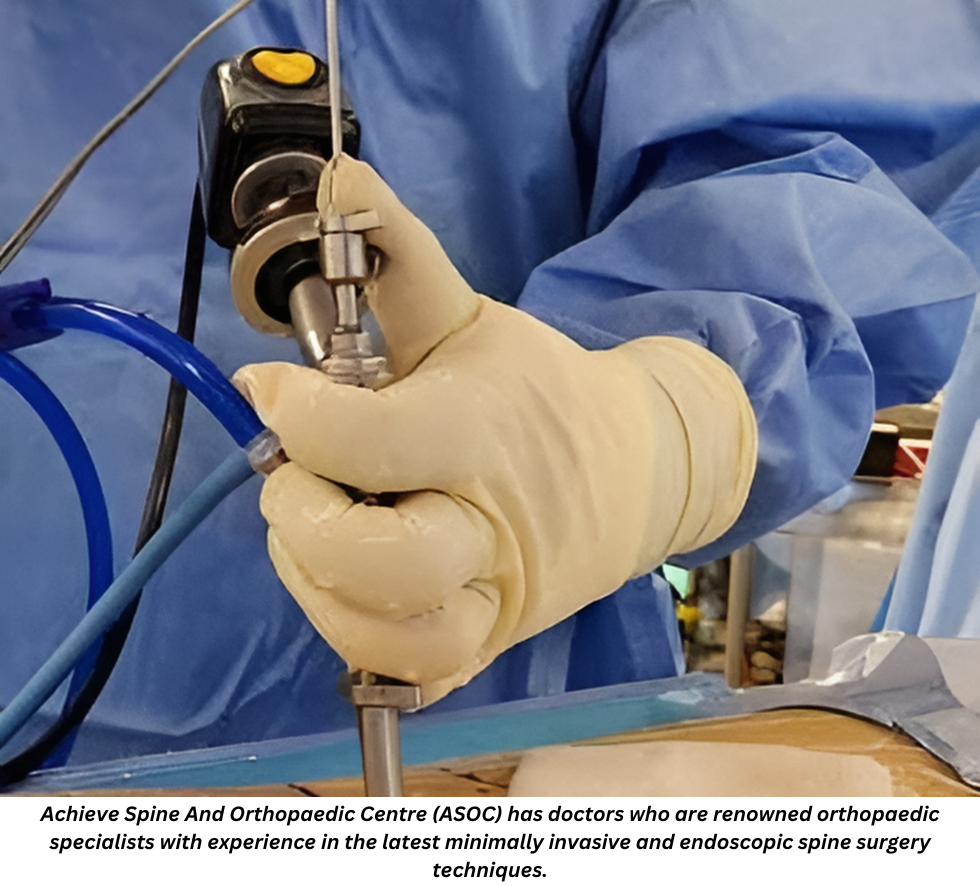
ENDOSCOPIC SPINE SURGERY
The use of endoscopes in surgery is not new. We have been performing gastroscopy, colonoscopy, and shoulder and knee arthroscopy for the past few decades. In fact, endoscopy has replaced open surgery in many approaches of surgery. Endoscopic spine surgery (ESS) is simply the latest addition to surgeries which use endoscopes to achieve their objectives.
ESS is perhaps the least invasive approach for spinal decompression and fusion. It achieves the objective of open spinal surgery using mere 1 cm skin cut(s). The procedure involves the use of an endoscope, which is 8-10 mm in diameter, to perform four functions:
- Irrigation – The inflow of saline from an inflow port washes the tissues, and flushes out blood clots and debris which need to be removed.
- Magnification by Lens – Improves safety by helping to visualise nervous tissues clearly.
- Light Source – Provides clear visualisation.
- Working Channel – Delicate endoscopic instruments are passed through a small working channel in an endoscope to reach the target disc, bone or nerve region to perform surgery.
A spinal endoscope can be inserted in a minimally traumatic fashion directly onto a target bony region to minimise repetitive trauma to soft tissue. As an endoscope is small in size and has a camera fitted on its front, it can fit into a natural spinal cavity like the spinal foramen to perform decompression of nerves and removal of a herniated disc. This decreases the need for bone removal. Moreover, due to the abovementioned reasons, ESS can be performed using just local anaesthesia with moderate sedation.
SUITABLE CONDITIONS OR INJURIES FOR ESS APPLICATION
We have performed ESS in one or multiple levels of cervical (neck), thoracic (upper back) and lumbar (lower back) spinal issues. Common conditions such as lumbar spinal stenosis, prolapsed disc (herniated disc) leading to sciatica, spondylosis, spondylolisthesis (spinal instability), spinal infection and even spinal tumour have been treated by spinal endoscopy in our experience. At our centre, we have commonly treated cervical, thoracic spinal cord and nerve root compression by spinal endoscopy. In fact, we have gradually moved from treating the majority of spinal conditions using open/microscopic minimally invasive techniques to applying endoscopic techniques instead.
PERSONALISED ASSESSMENTS AT ACHIEVE SPINE AND ORTHOPAEDIC CENTRE
Before we accept a patient for ESS treatment at Achieve Spine And Orthopaedic Centre, we put the patient through a rigorous assessment. We take a detailed medical history, perform bedside clinical tests and investigate with an X-ray, CT scan and/or MRI scan before concluding whether the patient requires surgical treatment.

In fact, the majority of patients whom we have reviewed can be treated with conservative non-operative management. Usually, surgery is required under the following circumstances:
- When conservative treatment has been tried and failed;
- When patients have suffered under non-operative treatment which is affecting their quality of life; or
- When patients present with life- or limb-threatening spinal conditions.
PERFORMING ESS UNDER LOCAL ANAESTHESIA
Several types of ESS are done under local anaesthesia with sedation. Doing so lowers the risk of using general anaesthesia. This makes ESS suitable for people, including older adults, with chronic conditions such as diabetes, stroke, heart disease, or skin-related issues, who may be unsuitable for general anaesthesia but still require surgery.
Furthermore, if surgery is performed under local anaesthesia and sedation, the patient can typically be discharged after a few hours. ESS can be performed as a day surgery for most patients who present with sciatica (herniated disc/ prolapsed intervertebral disc) or spinal stenosis. On the other hand, conditions such as cervical prolapsed disc, thoracic prolapsed disc, lumbar spinal fusion, multiple-level spinal decompression, and cases involving older adults with multiple chronic conditions often require overnight monitoring before discharge. Studies have shown that ESS reduces the requirement for painkillers, shortens hospital stay, lessens blood loss, lowers infection risk and facilitates earlier return to work and physical activities.
It should also be noted that a recent systematic review and meta-analysis of a pool of data studies show that ESS is a safe and efficacious spinal surgery treatment.
USING ESS FOR SPINAL FUSION SURGERY
ESS can be used to perform spinal fusion surgery. There is a lot of literature on the use of endoscope to perform spinal fusion. In fact, our centre can perform one to multiple levels of spinal fusion with spinal endoscopy. We have found that using ESS, patients tend to have smaller wounds, less infection and less transfusion requirement due to less blood loss. These add up to a decreased length of hospital stay. The fusion rate is found to be good in our studies. ESS may also be used as an alternative to artificial disc replacement. Both artificial disc replacement and ESS aim to preserve motion to avoid adjacent segment disease – a complication of spinal fusion. Some of the indication for artificial disc replacement overlap with that of ESS. You should discuss with an experienced endoscopic spine surgeon on whether ESS is a possible alternative treatment for you in place of an artificial disc replacement (ADR), and anterior cervical decompression and fusion (ACDF) procedure.
MY JOURNEY IN ESS
Having shared so much on the procedure of ESS, let me now talk about my professional journey in learning this treatment method. During our time as medical students and residents in orthopaedics, we are exposed to many open and minimally invasive microscopic spinal surgery techniques. After I completed my training in orthopaedic surgery, I went to Toronto Western Hospital in Canada to practise open complex spinal surgery, such as paediatric and adult spinal deformity correction, spinal tumour resection, spinal fractures and other techniques.
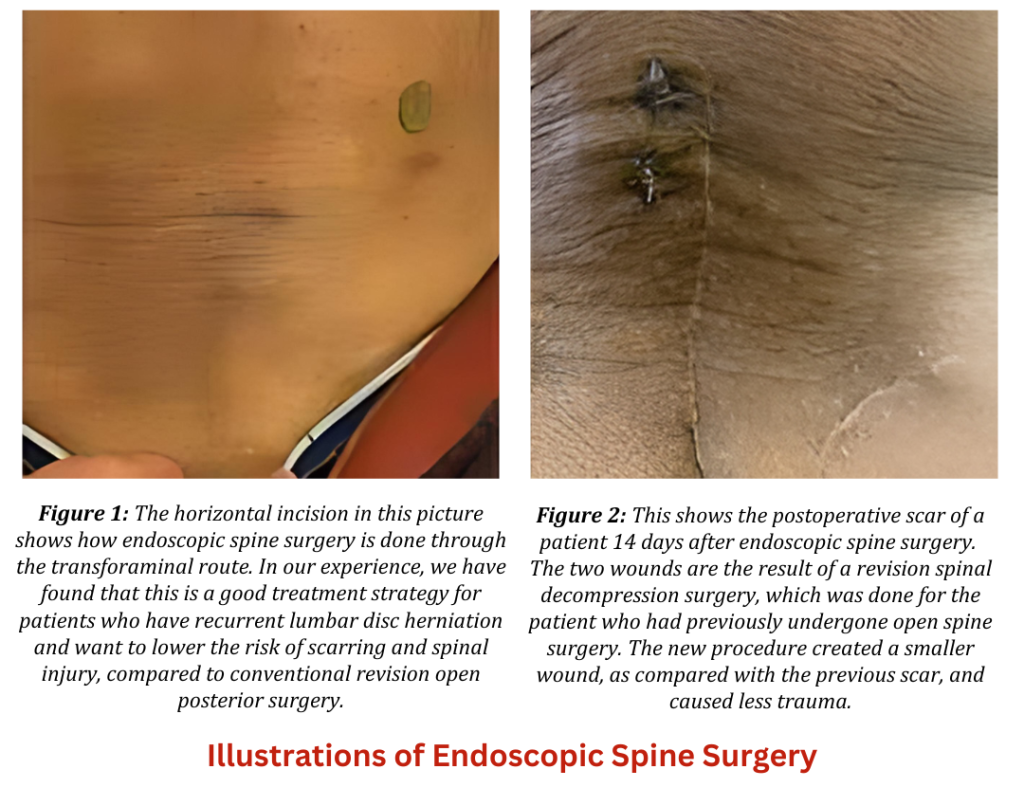
During surgery, we often spend a third to half of our time cutting skin and opening soft tissue to expose the target spinal pathology, and closing after we had done the target decompression and instrumentation. As orthopaedic surgeons, while we are familiar with the use of arthroscope to address pathologies with less tissue dissection and damage in the shoulder, knee and ankle joints, the use of endoscopes in spine surgery is not widely available in Singapore as a subspecialty. This was why I took the leap of faith to do a fellowship in ESS in South Korea under the Ministry of Health Scholarship. This was also when I developed a strong interest in this technique.
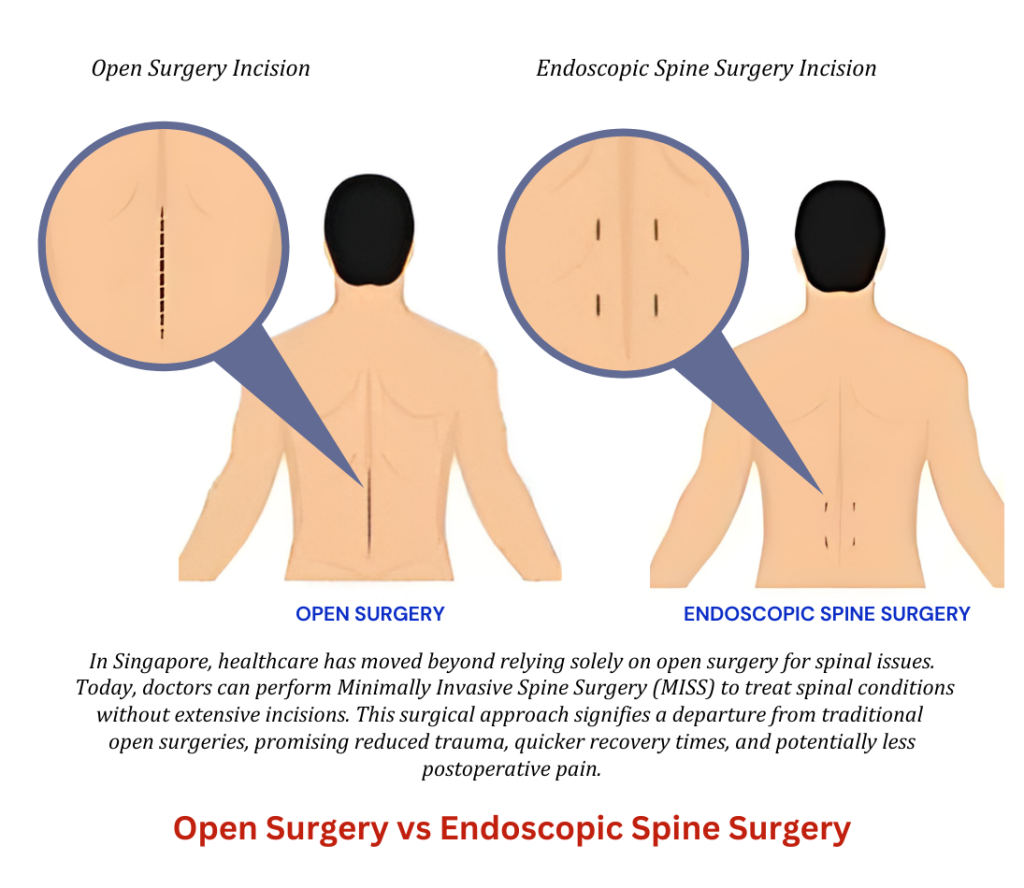
Over time, together with other passionate spinal endoscopists around the world, we have collected data, published studies and shared our knowledge in spinal endoscopy application, including shortand long-term results in our patients. We are blessed to have concurrently improved technology in plasma coagulation and radiofrequency as well as improved lens and lighting technology and endoscopic drill, which are all reliable and safe. These complement our development of ESS techniques. We are delighted to say that ESS is getting increasingly popular around the world, with more and more patients becoming interested in and trusting this treatment option. PRIME











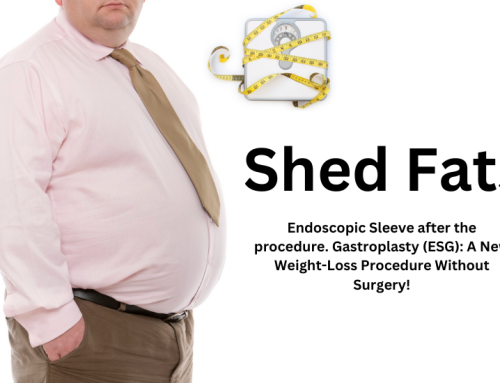
Leave A Comment